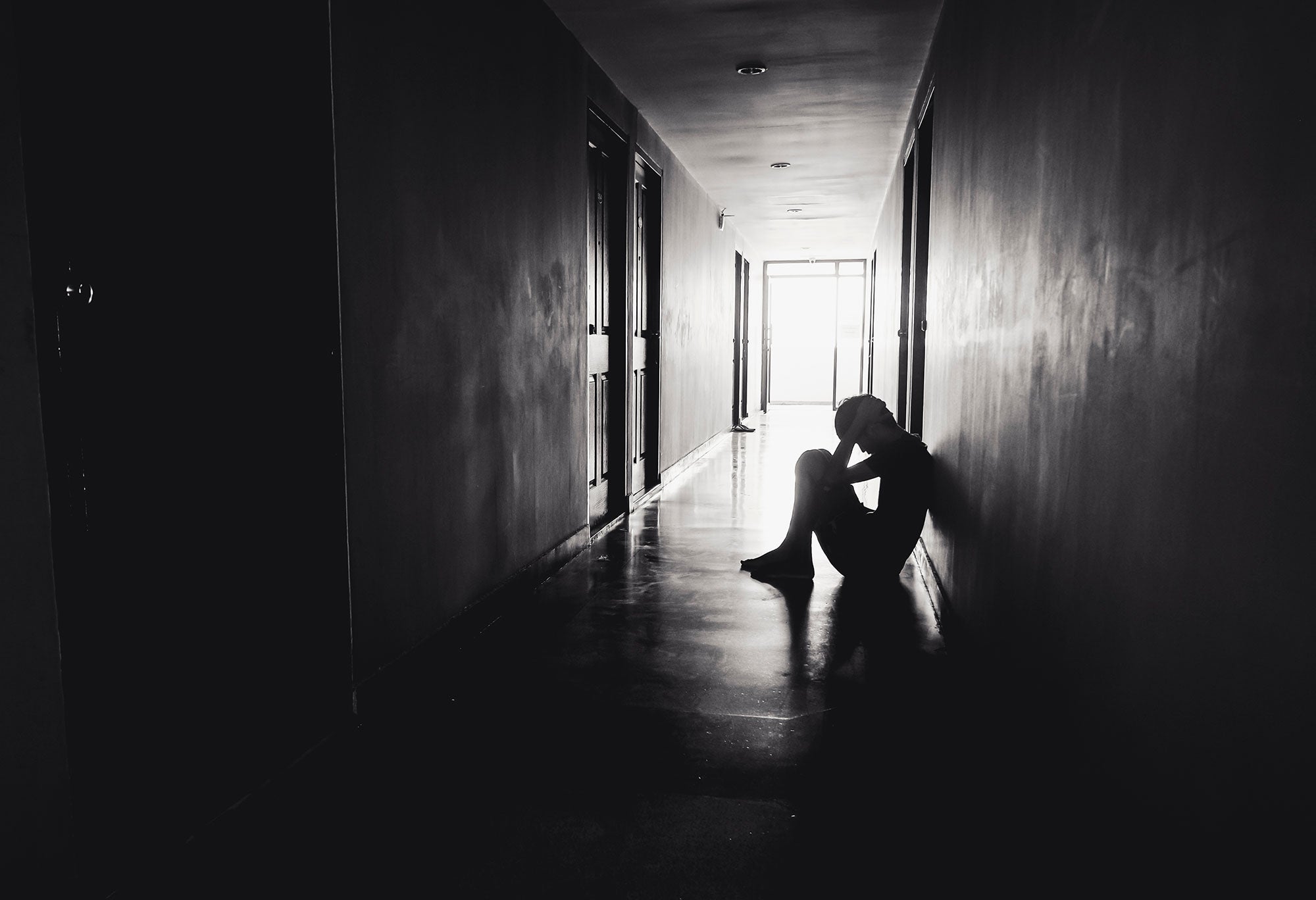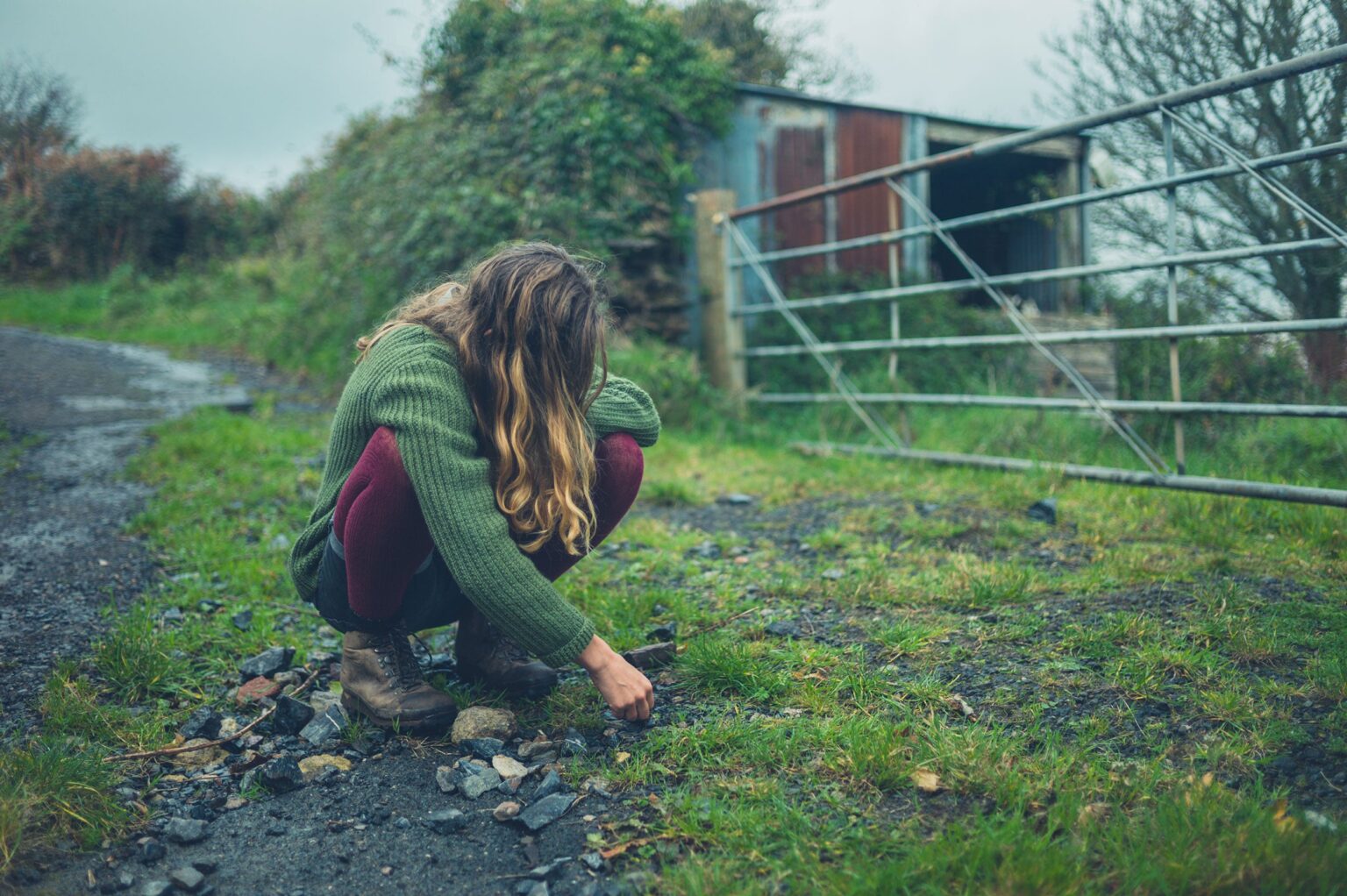If your tractor breaks down, you either fix it or call a mechanic. The same is true if our cattle are sick — we consult a veterinarian and treat the ailment. But what happens when the young people around us are hurting? Too often we stay silent; talking about depression and suicide with teenagers is not likely on your list of favorite chores.
We need to change that silence. The Anxious Generation, a book exploring the “collapse of youth mental health,” shows the mental health of adolescents plunged in the early 2010s after a more than a decade of stability. It’s a growing issue in rural communities: Economic stress on farm families, long distances to services, loneliness and isolation, and technology can sometimes deepen those feelings.
Open conversations
Your willingness to have direct, open conversations with youth could be the only chance they have to feel heard. Only 30 percent rural U.S. counties have a mental health facility serving youth, as compared to 60 percent of more populated areas.
It’s crucial we learn to have the conversation when we see young people struggling or know they’re facing challenges, rather than letting them suffer in silence. McKayla Robinette with North Carolina Agromedicine Institute says, “Don’t shy away from having the conversation. Equip yourself to recognize signs and symptoms.”
She notes that training is essential and available through Farm Assistance Networks across the U.S. After going through the training, many parents and leaders have told her: “If I had known this then, I would have responded a lot differently.”

Some tips to help you get the conversation started:
- Don’t avoid tough topics. If you’re worried about self-harm or severe depression, talk openly. Ask questions. Don’t wait for it to get better on its own.
- Good communication is key. Don’t wait for a crisis. Ask open-ended questions and really listen. Remind them they don’t have to do it alone and if they need a break, ask for help.
- Start with the basics. If your child is resistant to therapy, begin with a doctor’s visit and bloodwork — sometimes physical health issues contribute to mental health struggles.
- Use car time, barn time, or activities together to be a low pressure environment to start the conversation.
Sarah Thomas, an assistant coach for The Ohio State University Dairy Judging Team and Product Support Analyst for Select Sires, has openly shared her mental health journey and suggests using “I hear you” in response to concerns.
“The phrase, ‘I hear you,’ goes a long way,” she says. “Maybe you already know about this and use it, but it’s so much more meaningful than, ‘I understand or ‘I know,’ because no one truly understands the exact feeling of someone else. To me, ‘I hear you’ tells me you’ve acknowledged my feeling or emotion without belittling it.”
Build a village
Minnesotan therapist Monica Kramer McConkey, LPC, emphasized the importance of mentorship and communication. “If you’re in a position to mentor in your community, do so. It’s all about relationships; get to know them, what’s important to them, connect them to people, make a pathway.”
Spending time with the next generation in 4-H, FFA, community groups, church, or local mentoring programs will give you perspective — and provide them with a much-needed outlet.
“Teenagers must find a trusted source to help lift that burden off them alone. e.g. pastor, ag teacher, trusted friend, et al,” Robinette notes. It really does take a village. Don’t be afraid to ask for help — from other parents, friends, or community leaders.
- Mentoring makes a difference. If you can, become a mentor through 4-H, FFA, or similar organizations. These programs get kids talking, problem-solving, and connecting with both peers and adults.
- Encourage young people to get involved in a community, but don’t force it. Encourage participation in leadership or team activities, but let your child set the pace.
- Model coping strategies for your kids and let them see you managing stress in healthy ways. Agriculture needs to improve the culture of our business around stress — and how we handle it.
Compared to 20 years ago, there’s less stigma around mental health in rural communities. Teens are more willing to talk about depression and anxiety, and many schools now offer mental health services on campus, making it easier for kids to access help — even when parents can’t or won’t get them to appointments. And yet, it remains a challenge for farm and ranch families to admit they need help.
Recognize signs and find resources
Suicide rates among rural youth are twice as high as their urban peers. Factors include geographic and social isolation, family economics, easy access to firearms, fewer resources, and the lack of anonymity in small towns. For example, if a teen faces a crisis — like a breakup — they can’t just blend in. Everyone knows, making the pain feel inescapable. A couple tips to keep in mind:
- Watch for sudden changes in mood, withdrawal from activities, changes in sleep or appetite, drug/alcohol use, and talk of hopelessness.
- If you see these signs, don’t wait — reach out for help with a health professional, family member, close friend, mental health provider, or clergy.
Dr. Josie Rudolphi, from the University of Illinois & North Central Farm Stress Center, points to research, “Sixty percent of both farm adolescents and parents met criteria for mild depression. Forty-five percent of adolescents met criteria for anxiety. Farm and ranch families nationwide are not immune to the stress.”
Resources vary state-by-state. Robinette said North Carolina has a program to get youth into counseling by the end of a week — with someone who understands agriculture. If you don’t know where to turn, she recommends dialing 211 — a service by United Way for navigating health and human service agencies in your state. Another example is Illinois’ vouchers for free professional behavioral health program to be used with partner providers.
There are many resources to help you help others.
988 Youth Crisis Line: Call, chat, or text 24/7 for immediate help
Text or dial 988
Extension Services: Conversation starters, activities, support
State extension website: search mental health
Dougy Center: Grief support for children and families
dougy.org
Search Institute: Training and research for those who work directly with young people
search-institute.org
Farm and Ranch Stress Assistance Network: Southern Region: Currently in transition
Contact agrability.org
North Central Farm and Ranch Stress Assistance Center: 170+ ag-specific mental health resources for midwestern and northern states
farmstress.org
Cultivemos, Farm and Ranch Stress Assistance in the Northeast: Advancing the well-being of agriculture producers, farm workers, and their families
cultivemos.org
Western Regional Agricultural Stress Assistance Program (WRASAP): Cultivate rural resilience for all, including farmers, ranchers, and agriculture workers as they navigate increasing stress
farmstress.us
Child Agriculture Safety Network: Safety and mental health for rural youth
cultivatesafety.org
United Way 211: Local support and counseling info — United Way has a site for each state
Dial 211
Trevor Project (LGBTQ+): Dedicated to suicide prevention for LGBTQ+ youth under 25
thetrevorproject.org
AgriSafe: Health and safety resources for ag families
agrisafe.org
You might feel like these problems are too big to tackle. But every conversation, every check-in, every moment of empathy makes a difference. Our rural youth need to know that their lives matter, help is available, and their future is full of possibilities — even if they can’t see it yet.
We all need to do our part to ensure youth are not suffering in silence in agriculture — even if you don’t understand mental wellness. Access to care is limited. Rural communities have fewer mental health providers, longer wait times, high insurance co-pays, healthcare professionals who lack a farm background, and the burden of traveling long distances for appointments.
Mental health professionals have also pointed out that we also need a bipartisan approach to address the above issues. What can be done nationwide to improve mental and physical health access in rural areas? I know there’s no singular solution; rural youth mental health is a complex problem that requires all of us to work on it.
Let’s keep talking, listening, and showing up for our kids. Because in rural America, community isn’t just a word – it’s a lifeline. And that lifeline is crucial to our future!
Michele Payn helps the people of agriculture have tough conversations about managing stress, connecting with consumers, and making sense of science. Learn more about her speaking and writing at causematters.com or follow @mpaynspeaker on social media.


